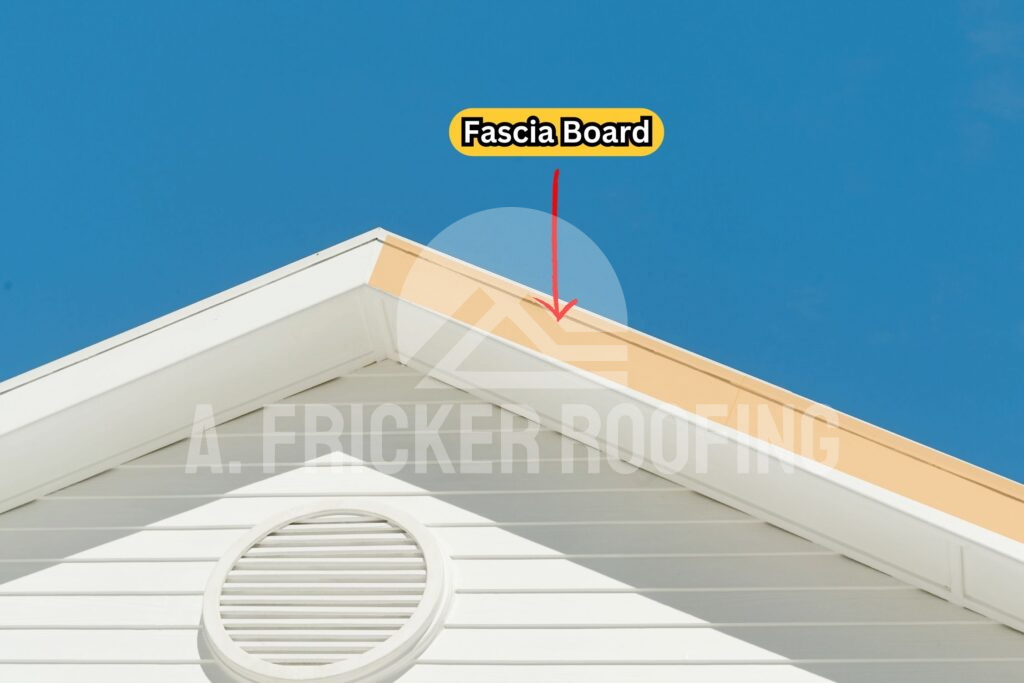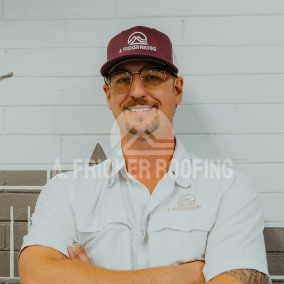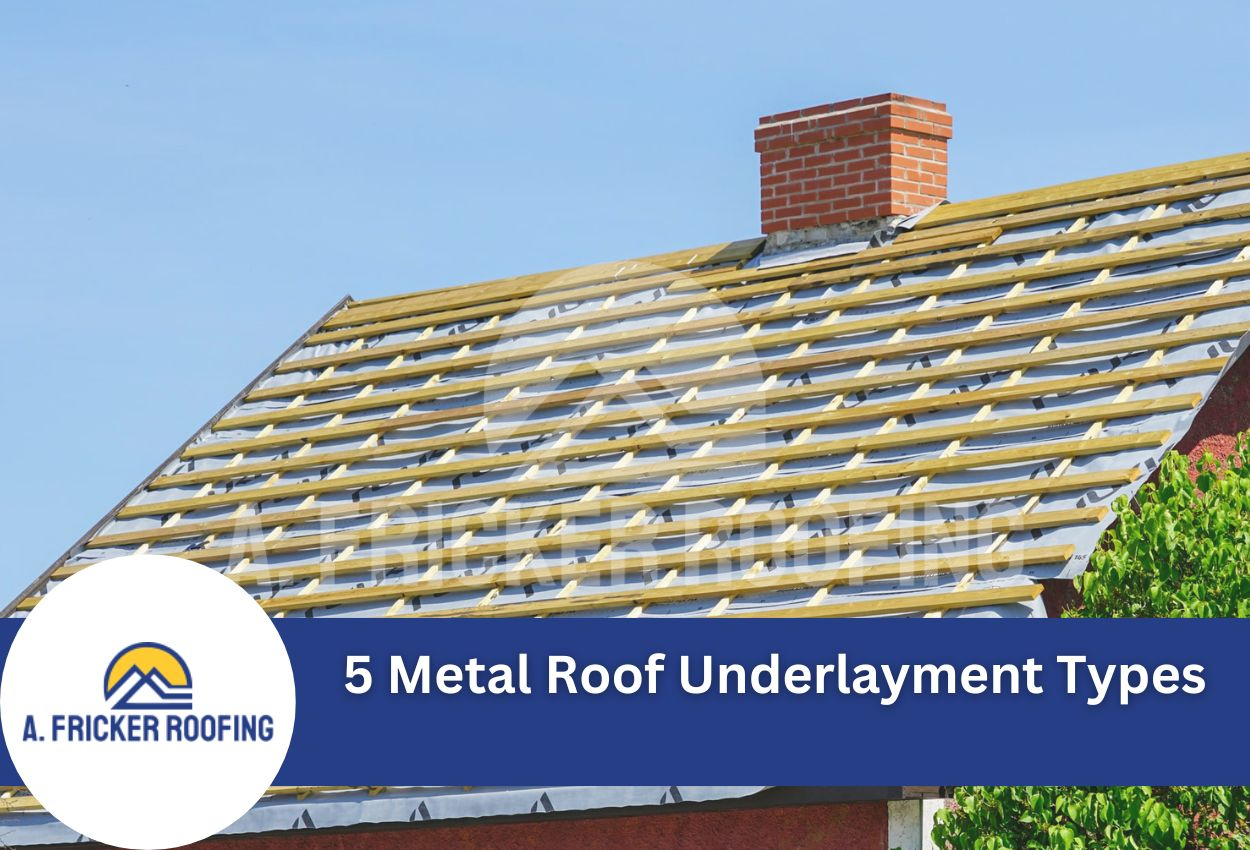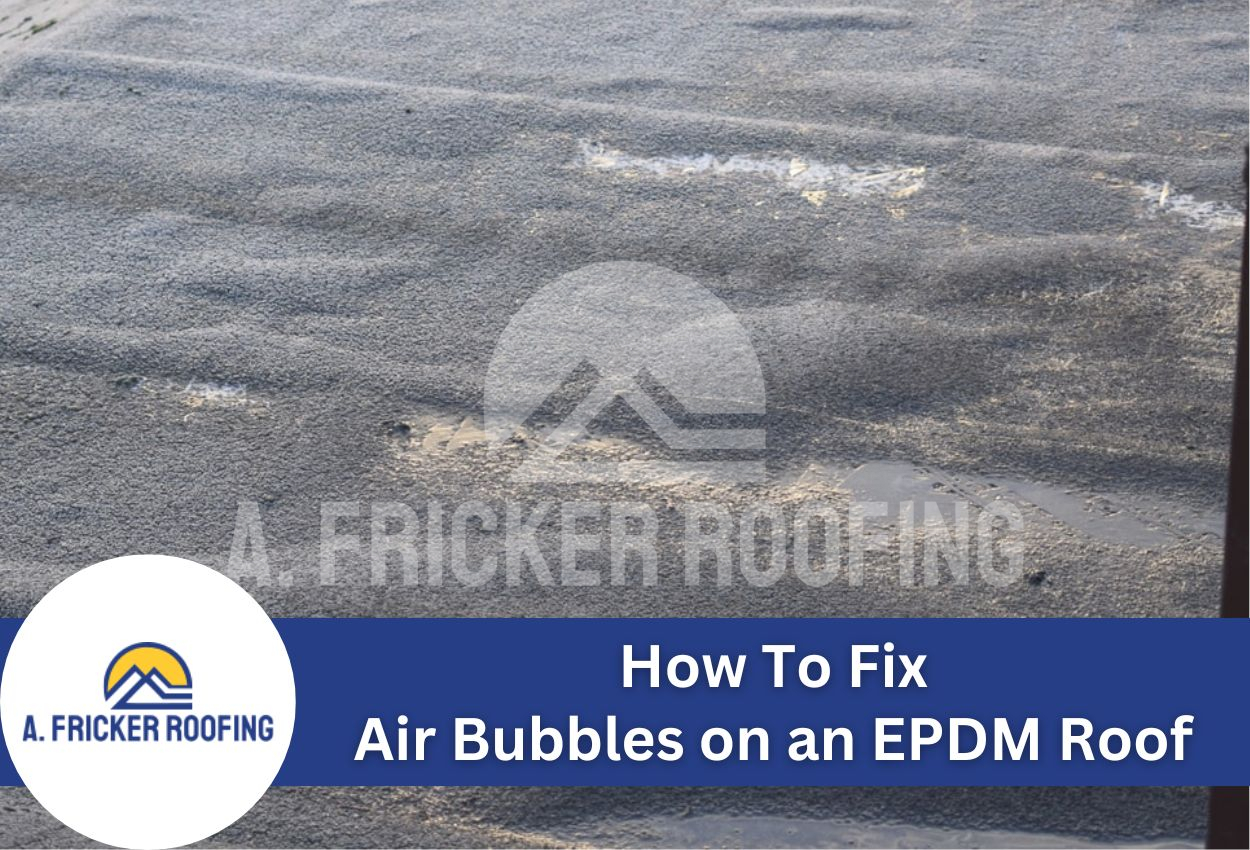
Have you ever looked at the long board or a strip running along the edge of your roof? That is known as a fascia board, and many homeowners have never heard of one, let alone know what it does. Whether you’re a new homeowner or just curious about home maintenance, understanding this often-overlooked component can help you better care for your house.
This important part of your home’s exterior plays a crucial role in protecting it from harsh weather and much more. Keep reading to find out everything you need to know, from the role the fascia board plays to signs your current one needs replacement.
What Is A Fascia Board?

A fascia board, or just the fascia, is a type of rectangular board that runs horizontally along the lower edge of your roof, up against the ends of the rafters or trusses. This creates a smooth, finished edge where your roof meets the outer walls of your home. You can think of it as the most important piece of exterior trim.
So why is it so important? The roof’s fascia board is not just an appealing outer trim, it’s also a crucial feature that has protective qualities.
Also Read: What Is A Soffit?
What Materials Do Fascia Boards Come In?
Fascia boards can be made from a variety of materials. Each with their own pros and cons, and fall within different price ranges.
Wood
Though this type of material is not as popular as it was back in the day, wooden fascia boards still hold considerable value on the market, especially for traditional style homes, with wood, or wood-like vinyl siding.
The boards are typically made from lumber like pine, cedar, or redwood, and have a natural, classic appearance that many homeowners love. However, it does have its drawbacks. Overtime wood will absorb rainwater, especially in damp climates, leading it to rot or warp as time goes on. For that reason, it requires more maintenance than other types of siding and it’s also more susceptible to termite damage.
Vinyl:
Vinyl fascia boards have become increasingly popular over the years, and for good reason. They’re lightweight, durable, and virtually maintenance-free. Unlike a traditional wood fascia board, it’s resistant to pests, and handles harsh weather like rain better.
This fascia board material is also great because it comes in multiple colors and styles, matching any aesthetic preference. However, it does not handle cold weather well and can become brittle and easily crack. Over the years, you may also find that the color fades because of constant sun exposure.
Aluminum:
Aluminum is one of the most durable fascia board materials available. It’s lightweight, which not only simplifies installation, but also reduces weight on your roofing structure.
These boards come in a variety of colors and can be painted to match your home’s exterior, offering both versatility and natural appeal. They are also low-maintenance, requiring only occasional cleanings to maintain their appearance.
Unfortunately, aluminum fascia boards don’t handle hail well, denting easily which compromises its look and durability.
Fiber-Cement
Though not yet widely used, the popularity of fiber-cement fascia boards is rapidly increasing. Made from a mixture of cement, sand, and cellulose fibers, they offer the durability and low maintenance of vinyl with the look and feel of wood. It’s also fire and rot resistant, making it an excellent choice for various climates.
However, fiber-cement fascia boards do have some drawbacks. They are heavier than other materials, which makes installation more challenging and increases labor costs. It also might require periodic repainting to maintain its appearance, adding to long-term maintenance.
PVC
PVC (Polyvinyl Chloride) fascia boards are another popular option in the world of home exteriors. These boards are made from a type of plastic that’s known for its durability and versatility, while offering a clean, modern look. Unfortunately, they’re no different from vinyl when it comes to resisting cold weather, becoming brittle in those types of environments.
Composite
A composite fascia board combines two materials, such as vinyl and wood fibers. These boards are studier than wood, with less of a tendency to warp or split over time. While it’s more durable, this type of fascia board tends to be heavier than materials such as wood or vinyl, so it could affect installation. Composite materials also expand and contract in temperature changes, causing the boards to warp over time.
The Role Fascia Boards Play On Your Roof
While rarely thought about, fascia boards play a crucial role in protecting and enhancing your home. Here are four key advantages of having well-maintained fascia boards on your house:
- Protect The Interior Of Your Home
The fascia board covers the lower edge of your roof, protecting the roof’s eaves and the end of the rafters, keeping out rain, snow and wind. By preventing moisture from seeping into the roof’s interior, fascia boards help prevent issues like wood rot, along with the risk of generalized storm damage by deflecting strong winds. By protecting your home’s crucial roofing components, fascia boards play a significant role in maintaining the overall integrity of your house.
- Provides A Base For Your Gutter Systems
Fascia boards offer a stable surface for mounting gutters, ensuring proper alignment and function. This support helps the gutters maintain the correct slope and allows water to seamlessly glide through the channels.
Without them, gutters need to be attached directly to the roof or the rafters, which might not be as stable or secure. This would be especially dangerous during extreme conditions, causing the gutters to sag or pull away from the roof, leading to water overflow
- Contributes To Energy Efficiency
Properly installed fascia boards contribute to your home’s energy efficiency. They create a tight seal along the roofline, preventing air leaks between your home’s interior and the outside. This seal maintains consistent indoor temperatures, reducing the amount of work that the heating and cooling systems have to do.
- Improves Aesthetic Appeal
Your fascia boards create a clean, finished look by concealing the ends of roof rafters and trusses. By doing this, they help improve the appearance of your home’s exterior.
They serve as a transition between your roof and the rest of your house, creating a cohesive appearance that boosts curb appeal. You can also paint or stain them to complement the rest of your home’s color scheme.
Signs Your Fascia Board Needs Replacement
In order to maintain your roof’s appearance and protection, it’s crucial that you know when to replace your fascia boards.. Here are some visual indicators that will suggest it’s time for replacement:
- Visible Rot or Decay: If you notice soft spots or crumbling material, it’s a clear indication that the fascia board is compromised and needs replacement.
- Cracks or Splits: Cracks, splits, or other structural damage can require a replacement in order to prevent further issues.
- Sagging Gutters: If your gutters are sagging or pulling away from the fascia board, it may be due to the board’s inability to support the weight, indicating a need for replacement.
- Presence of Holes: Holes or gaps in the fascia board, whether from wear and tear or pest damage, can allow moisture and pests to enter, leading to further damage.
- Peeling or Flaking Paint: Paint that is peeling, flaking, or bubbling can indicate underlying moisture issues, which may have already caused damage to the fascia board.
The Cost Of A Fascia Board Replacement
If you have decided to replace your fascia board, then the next thing you’ll be thinking about is how much it will cost you. Currently the cost for a fascia board replacement is around $5 to $25 per square foot.
The price range is so large because there are multiple factors that go into the costs, including the following:
- Material: Aluminum, composite, or wood fascia boards each have different price points.
- Home size: The larger your home, the longer the length of the fascia board needed, which will increase the price, along with the additional amount of time required to install one on a larger home.
- Accessibility: Homes with multiple stories or complex rooflines may require more labor in order to complete the installation, costing more.
Efficient Fascia Board Replacement Services In Tulsa
Whether you just learnt about the fascia board on your roof, or you know your current one needs replacement, there’s no doubt that this is one of the most important parts of your roofing system. If you need to replace or repair the fascia boards on your roof, you’ll want to hire the team at A. Fricker Roofing and Waterproofing. Our experts can provide you with a quality roof inspection that not only checks the fascia board, but the entire roofing system itself. Contact us today at (918) 402-9167 to learn more about what we can do for you.



